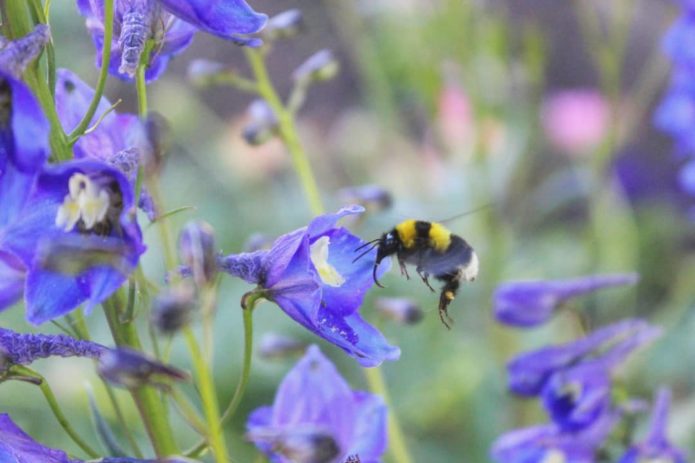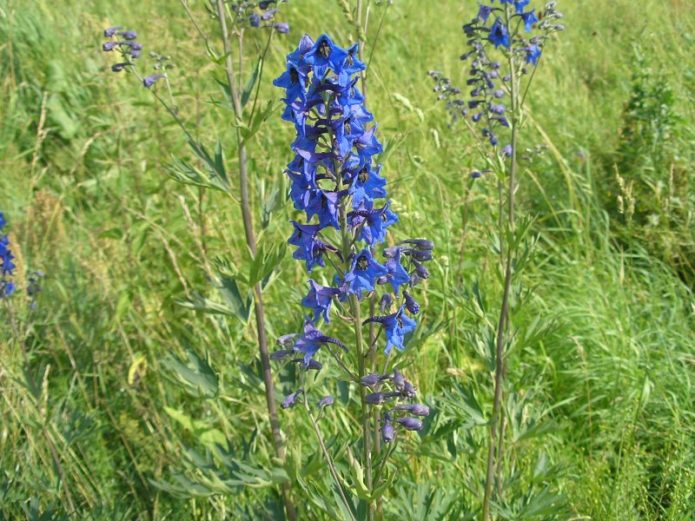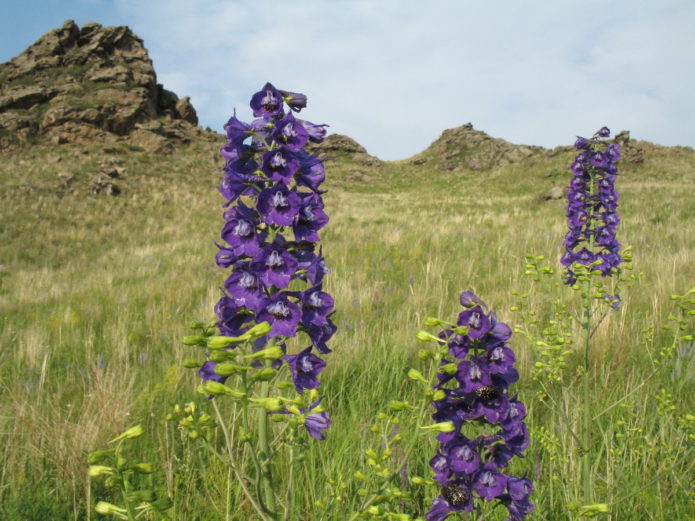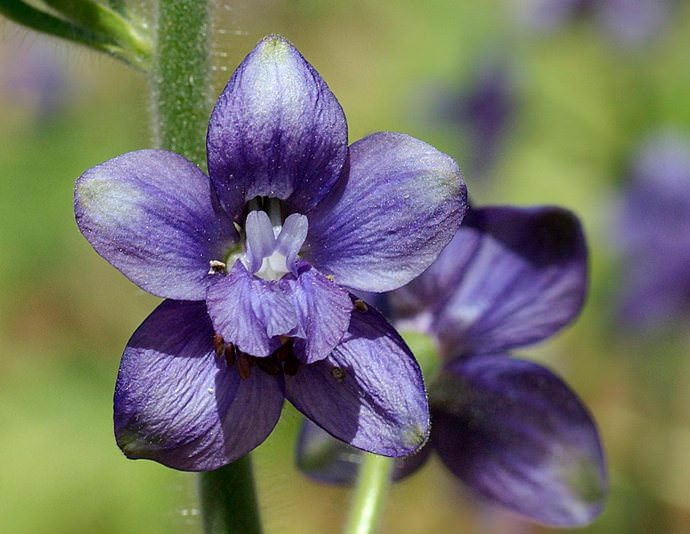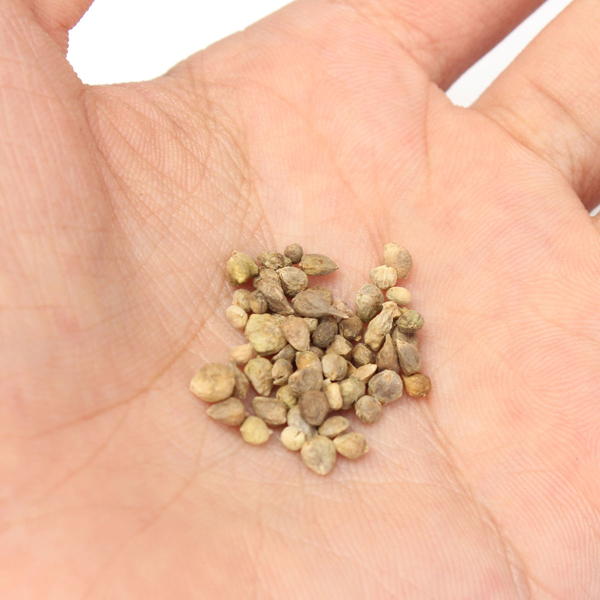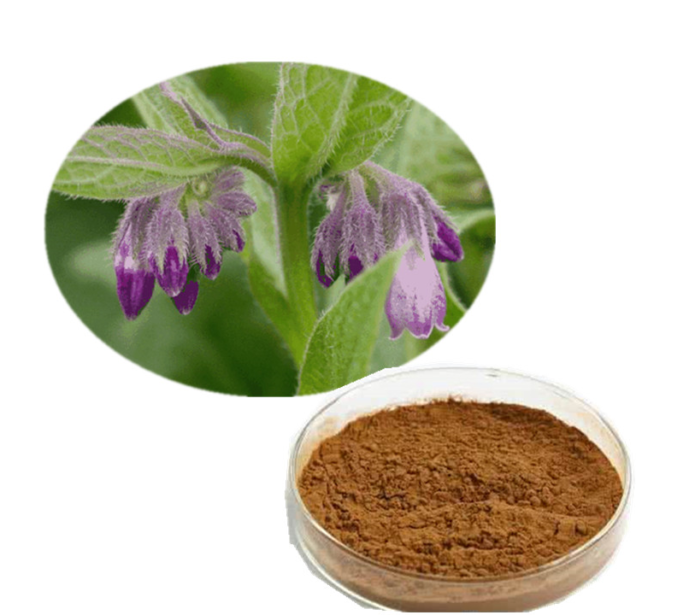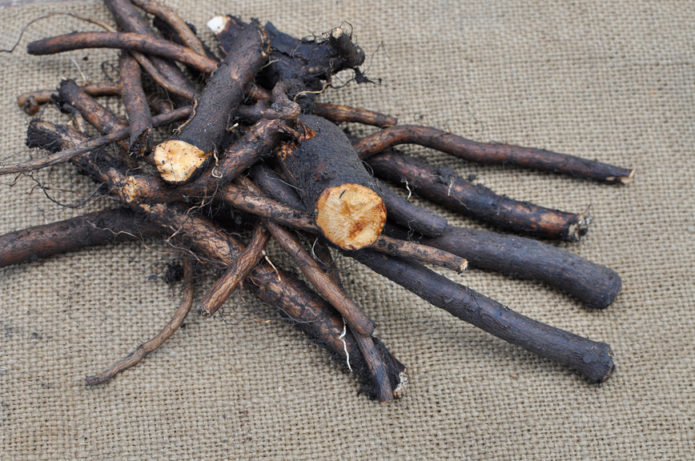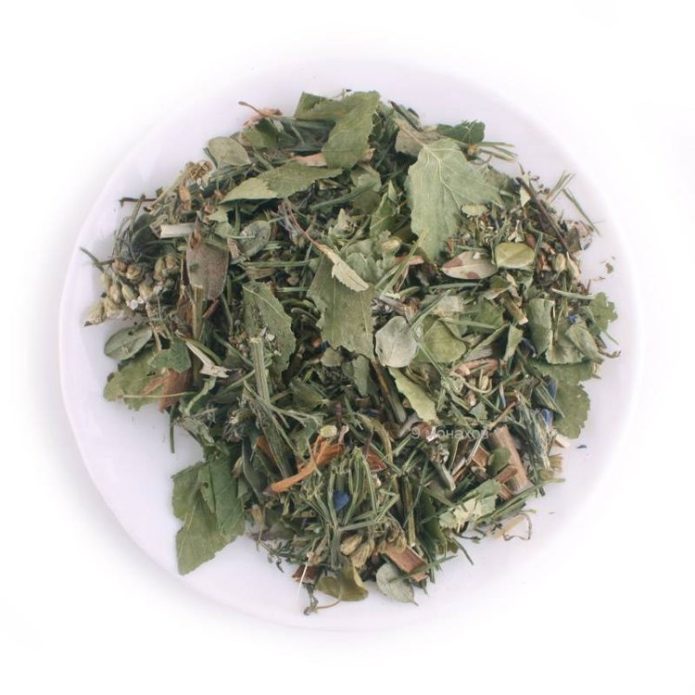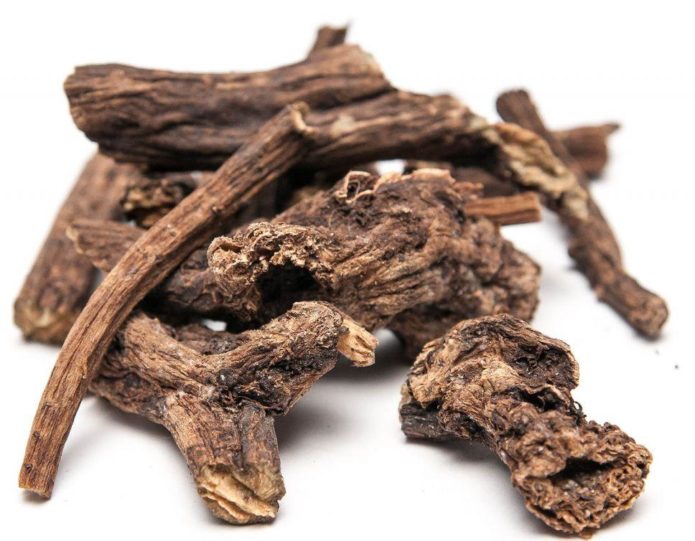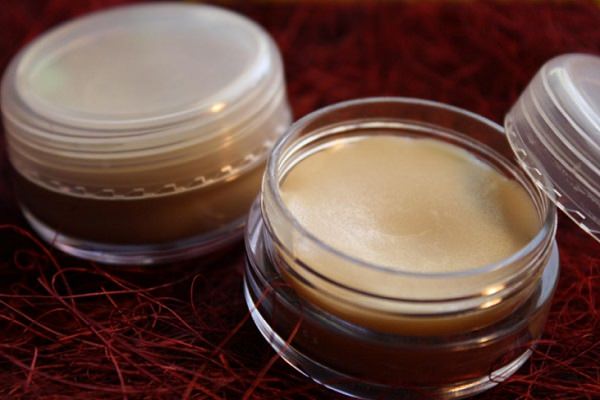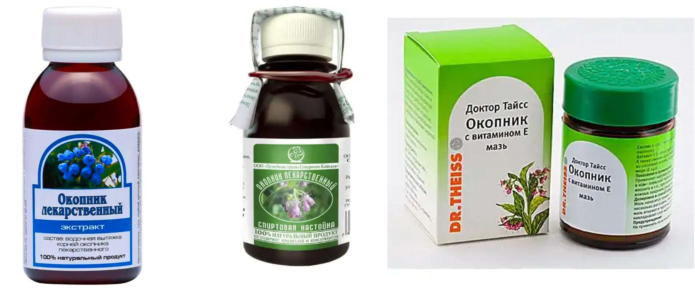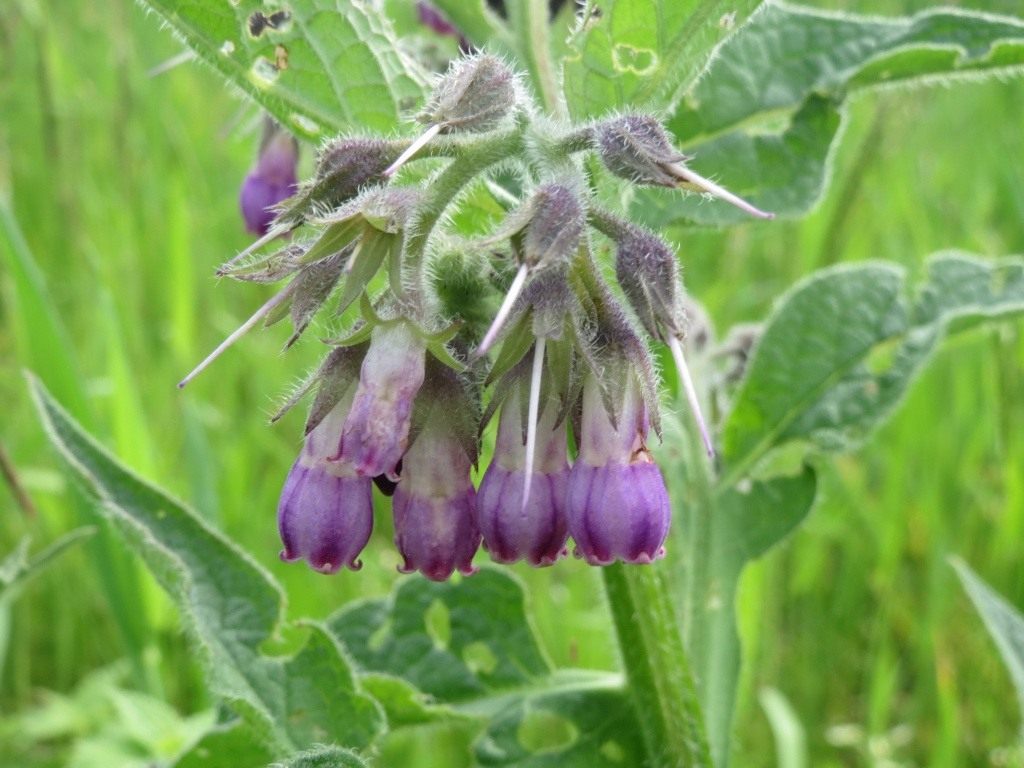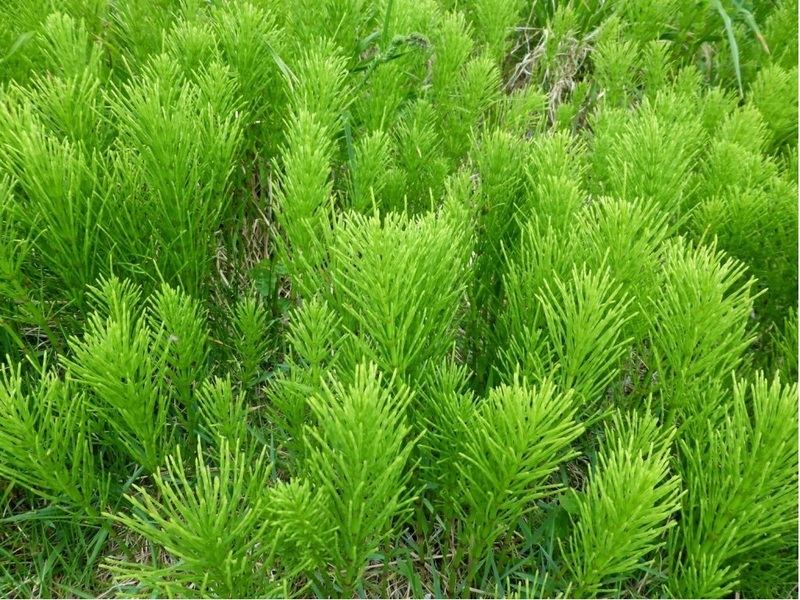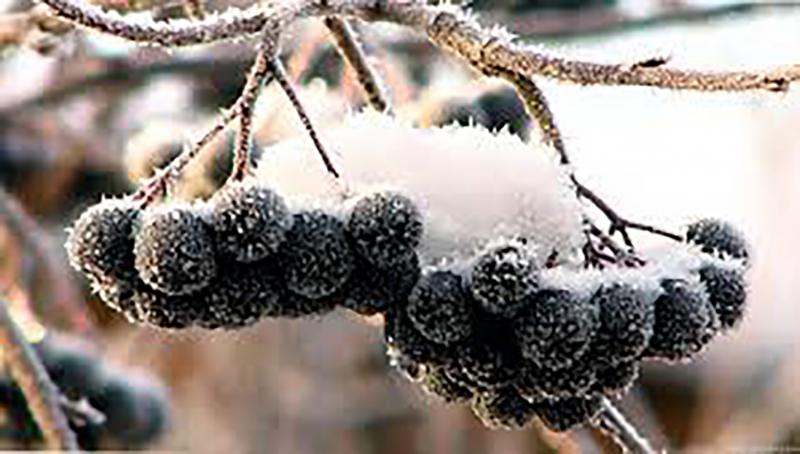Larkspur (in lat. Symphytum officinale), or comfrey, has been known since ancient times as a medicinal plant. It is endowed with many medicinal properties, including anti-inflammatory, analgesic, and restorative. Field larkspur is especially popular in folk medicine.
Content
Description and photo of larkspur
Larkspur field (in lat. Delphinium consolida) is a herbaceous annual from the Buttercup family. He is essentially a weed that grows in the fields. The area of its distribution extends throughout the Eurasian continent. This grass grows in areas with high humidity: swamps, meadows, along the banks of water bodies, along forest roads. Larkspur is mainly used as a medicinal raw material, and it is also a good honey plant.
The plant is an erect, highly branched stem up to 70 cm in height with alternate dissected segmented leaves. The lower leaves are attached with petioles, the upper ones are sessile. A distinctive feature is the presence of white pubescence on the surface of the leaf plates. Larkspur blooms from early summer to late August... Her flowers have no definite shape, up to 2 cm in diameter, collected in upright brushes. They are different in color: purple, pink or white. After flowering, leaflets about 1.5 cm in length are formed in their place, filled with dark rounded seeds.
All parts of the larkspur (especially the seeds) are toxic as they contain alkaloids. They can be dangerous to humans.
The people call this herb differently:
- field sokiriks;
- delphinium;
- bone breaker;
- vis-grass;
- larkspur;
- greasy root;
- knight's spur;
- horned cornflowers;
- sowing furrow.
The plant is included in the State Register of Medicinal Herbs of the Russian Federation.
Common types of larkspur
Along with the field larkspur, the following types are in demand in the medical plan:
- Larkspur is high - a two-meter perennial with leaves serrated on the sides. It has blue inflorescences in the form of long brushes. The seeds of the plant are dark brown. In alternative medicine, it is used as a hemostatic, analgesic, expectorant, anticonvulsant and antipyretic agent.
- Larkspur retina is a meter long perennial with lobed leaves. Its inflorescences are represented by dense racemes located at the tops of the stems. The petals are blue or white, and the sepals are deep blue. The aerial part of the plant is used to treat diseases caused by physical stress. The herb also helps with sclerosis, gastrointestinal disorders, malignant neoplasms and conjunctivitis.
- Pharmaceutical larkspur is a two-year-old grass about a meter high, with an erect stem covered with abundant foliage.Purple flowers are slightly pubescent. Thanks to its regenerating properties, the plant heals wounds and other skin lesions well. It also helps with asthmatic coughs, menstrual instability, migraines, edema and fractures.
Why is larkspur useful?
The rich biochemical composition determines a wide range of medicinal properties of the field larkspur:
- expectorant;
- anti-inflammatory;
- pain reliever;
- antiparasitic;
- diuretic;
- insecticidal;
- hemostatic;
- astringent;
- wound healing.
Comfrey is used to treat a number of diseases:
- oncology;
- epilepsy;
- asthma;
- gastritis and stomach ulcers;
- physical exhaustion;
- eye diseases;
- sclerosis;
- skin diseases and all sorts of violations of the integrity of the epidermis (burns, boils, abscesses);
- disturbances in the functioning of the digestive system;
- jaundice.
Larkspur tea is drunk as a diuretic. And for problems with the genitourinary system, pancreas, lungs and gastrointestinal tract, take decoctions. With the help of infusions, it is possible to normalize vision and stabilize the work of the nervous system. Compresses are made from decoctions and infusions for fractures and festering wounds. Ointments help with rheumatic and other pains. Comfrey preparations well relieve inflammation in the oral cavity. A powder is made from the seeds, which helps to expel worms from the body.
Depending on the disease, the plant can be applied both internally and externally.
Available contraindications
Despite the many useful properties, larkspur has contraindications. These include:
- pregnancy and breastfeeding;
- childhood;
- hypotension;
- myasthenia gravis;
- allergy to individual components in the composition.
In case of an overdose, side effects are possible in the form of nausea, dizziness, vomiting and muscle cramps. In such a situation, it is necessary to urgently flush the stomach and deliver the poisoned person to the hospital.
Although larkspur and a low-toxic plant, after collecting it, you need to wash your hands with soap and water. It is important not to allow pollen to get on the mucous membranes.
Preparation of medicinal products and instructions for their use
At home, decoctions, infusions, tinctures, ointments, powders and other medicinal products are made from comfrey.
Powder
You will need the roots of a field or pharmacy larkspur. Grind the raw materials using a coffee grinder to a homogeneous free-flowing state. Outwardly, the powder is used for bleeding wounds, ulcers and other skin diseases, as well as in case of fractures. At the same time, it can be taken orally: mixed with honey in a 1: 2 ratio and eaten 1 tsp. three times a day with a little water.
Juice
The juice is often obtained from rhizomes. To do this, the roots extracted from the ground are washed, cut into pieces and rubbed on a fine grater. Then put the mass into cheesecloth and wring out.
If you mix the juice of comfrey or tall with chamomile infusion in a 2: 1 ratio, you get a lotion. They rub their face with acne and enlarged pores. In its pure form, the juice is used to treat wounds, abrasions, scratches and various inflammations. In addition, the juice is indicated for external bleeding - just drip on the wound. When the blood flows from the nose, they make cotton swabs, soak them with larkspur juice and inject into the sinuses. The tampons are changed until the bleeding stops.
Juice from young foliage is used as a prophylactic agent against atherosclerosis. It is taken in 1 tsp. three times a day.
Water infusion
For paralysis, diseases of the liver, kidneys and digestive system, an infusion is shown, which is prepared as follows:
- Brew with boiling water (700-800 ml) 2-3 tsp. grass larkspur field or retina.
- Cover the vessel and infuse the mixture for about 7 hours at room temperature.
Take half a glass of infusion 4 times a day.
The recipe for an infusion shown in a malignant liver tumor:
- Measure 20-30 g of larkspur grass powder (field, reticulate), add half a liter of boiling water and place in a water bath.
- Keep the composition on heating for a quarter of an hour, then remove and filter.
The resulting infusion is consumed in 70-80 ml daily before breakfast, lunch and dinner.
From the roots of comfrey, make such an infusion: mix in a thermos 2 tbsp. l. chopped raw materials with 400 ml of boiling water and leave for 20 minutes without covering. Then they are corked and insisted for at least 7 hours. After filtering the liquid, take 100 ml 40 minutes before meals. The therapeutic course will be 45 days. A similar remedy is effective for chronic constipation, gastritis and stomach ulcers.
Root decoction
Broth preparation method:
- Finely chop 120 g of comfrey root or comfrey.
- Add 1 liter of boiling water.
- Put on low heat and boil for 15 minutes.
- Then filter.
The broth is used as compresses for bleeding, fractures, sprains or ruptures of ligaments, joint problems.
Ointment
The ointment can be prepared in several ways:
- A tablespoon of comfrey seeds is combined with interior fat (ratio 1:10). This mass is removed for 10-12 days in a dark place. Then it is used as a rubbing to relieve pain in the joints, spine. If you mix seeds with beeswax, you get an effective composition for toothache.
- Fresh comfrey rhizomes are ground to a mushy state. Then add lard or lard (1: 1.5) and mix thoroughly. The mixture is infused for about a day and transferred to a glass container with a sealed lid. Store the ointment in the cold. Such rubbing helps with any problems with the musculoskeletal system.
- Combine 150 g of dried larkspur root and 250 g of horse chestnut flowers. The mixture is ground in a mortar or coffee grinder to a powder state. Then add vodka or alcohol (5 tbsp. L.) And mix. Then pork fat (400 g) is steamed and mixed with a previously made herbal mixture. At the end, the composition should be boiled for 5 minutes. and strain through cheesecloth. It is used for trophic ulcers - it is applied in a thin layer to wounds, covered with cling film and tied with a dense cloth. A compress is made at night, and in the morning it is removed.
Alcohol tincture
Cooking method:
- The dry root of field sokiriks (120-130 g) is poured with vodka (500 ml).
- Put the liquid in a place where there is no direct sunlight.
- Wait 2-3 weeks.
Take a tincture of 40 drops, after mixing with a half glass of pure water. A remedy showing a good therapeutic result for fractures, ulcers and joint diseases. At the same time, you should use comfrey ointment.
Video: a unique recipe for tincture of burgundy rhizome
The use of herbs in pharmaceuticals
In pharmacies, you can purchase various forms based on comfrey: dry herbal raw materials, alcohol tincture, elixir, ointments (pure and with the inclusion of other useful components).
The muscle relaxants contained in this plant are used in traditional medicine for the production of the following medicines:
- Condelfin - made of tall larkspur;
- Delsemin - produced from retina larkspur;
- Elatin is an alkaloid obtained from the extract of high larkspur;
- Melliktin - made from a variety of comfrey, as in the previous version.
All of these medications are aimed at relaxing muscles that are blocked by nerve endings (Parkinson's disease, multiple sclerosis, spastic paralysis).
Harvesting field larkspur
The stem and all its components are cut off during the comfrey bloom - from June to August. In this case, hemp is left up to 5 cm high. The rhizome is dug up in the fall or early spring.Then remove tangled roots and stem at the base, wash with water and cut into small pieces. Still raw materials are laid out under a canopy in the open air or in a dark room with good ventilation. It is better to tie the shoots in bunches and hang them in the attic or in another room with natural ventilation.
You can use electric dryers, where the temperature is set at 50 ° C. After that, the raw materials are packaged in canvas or paper bags and stored in a dry place. The herb retains its usefulness for about two years.
It is recommended to collect larkspur grass away from roads and other objects that pollute the air. They find another place for re-collection, since it will be possible to return to the previous one only after two seasons.
Reviews of the medicinal properties of the plant
Comfrey (larkspur) roots help with vertebral hernia. It is necessary to make a compress from the tincture at night. It will get easier in the morning. If it burns, you can remove it after 3 hours. It helps a lot to relieve pain. I experienced it myself.
I make the larkspur tincture myself - it helps in the treatment of knee and elbow joints. I also add diclofenac inside.
Seasonal severe pain in the joints began, against which the temperature rises in the evenings. The ingestion of a water infusion of larkspur helped: for 600 g of water 1 tbsp. spoon of root. I take 100 grams of infusion per day and the pain went away after the second dose.
Larkspur is a valuable medicinal plant, which is also grown in home gardens as an ornamental plant. The only thing is that because of its toxicity, children and pets should be protected from access to the plant.
